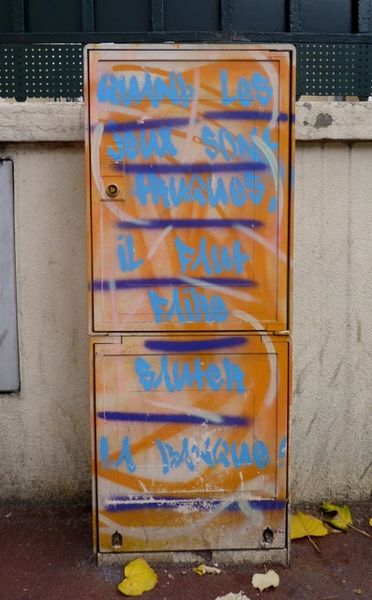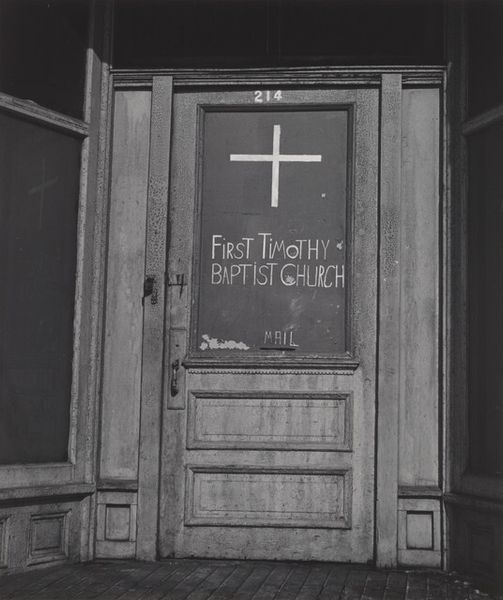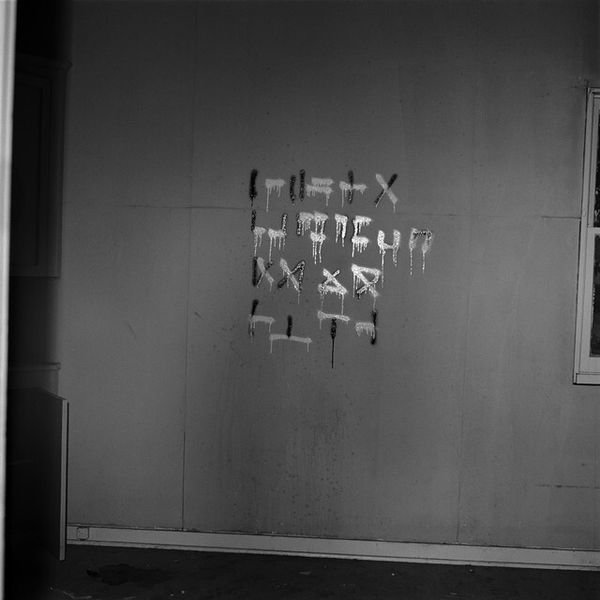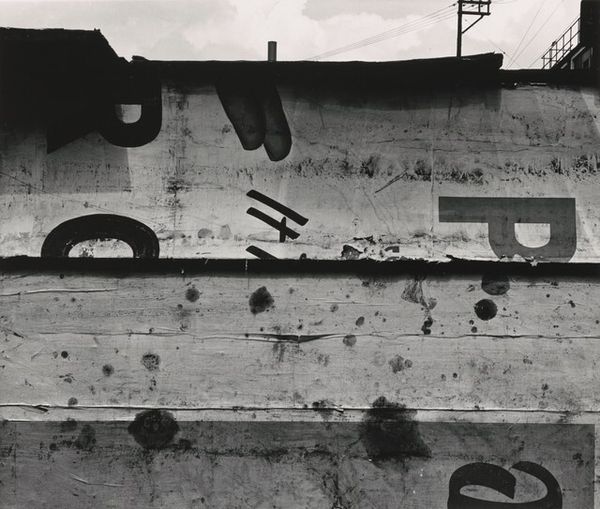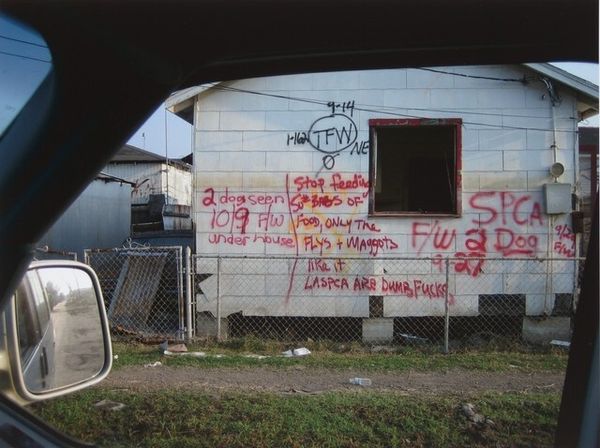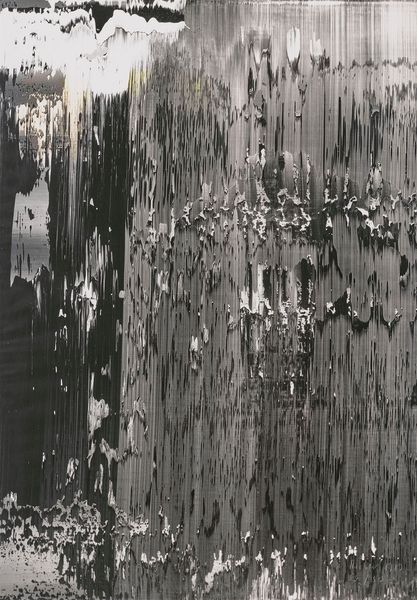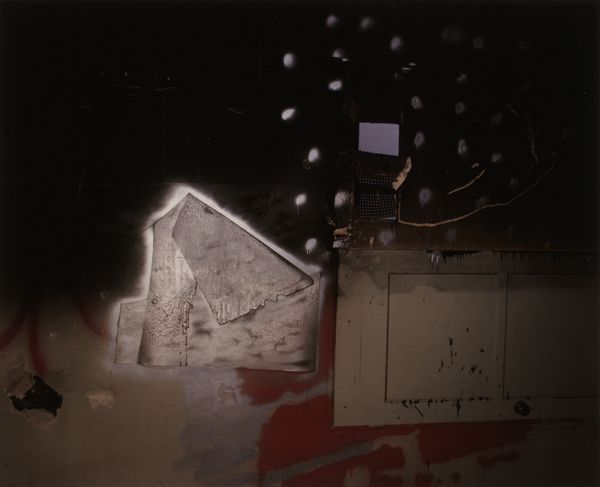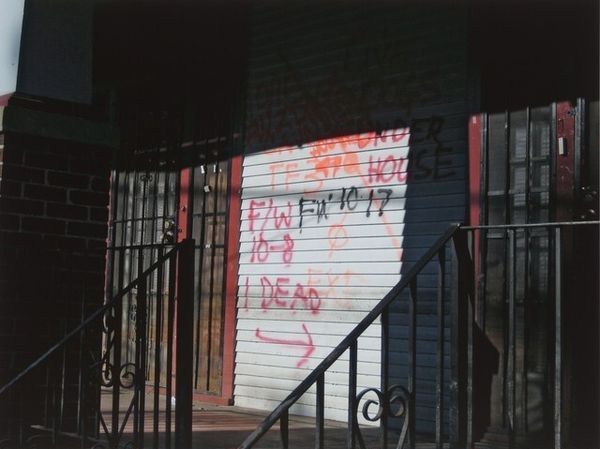
#
graffiti
#
pasteup
#
graffiti art
#
street art
#
street-art
#
urban advertising
#
text
#
paste-up
#
graffiti-art
#
urban poster
#
street graffiti
#
spray can art
#
urban art
#
digital-art
Copyright: TAKI 183,Fair Use
Editor: So this is "Tag" by TAKI 183, created in 1970. It seems to be spray paint on some kind of found surface, maybe a metal door. It has a rough, raw energy to it. What do you see in this piece? Curator: I see a direct engagement with the materials of urban life and the processes of its inscription. This isn’t high art aspiring to transcendence. It's about the grit and physicality of the city itself. The tag marks a territory, not just aesthetically but socially. Editor: Territory as in, claiming space? Curator: Exactly. Consider the context: 1970s New York, a city grappling with economic hardship and social unrest. This act of tagging becomes a way of asserting presence, of disrupting the established order. Think of the spray paint itself – mass-produced, readily available – a democratized tool for marking and claiming. What labor went into this versus traditional fine art? How does the impermanence of this tag compare with something meant to last centuries in a museum? Editor: I guess a museum is also claiming territory, just in a different way, preserving objects for certain audiences. So the artist’s claim, his mark, becomes…ephemeral? Curator: Yes, this is about the transient nature of urban experience. The tag will be buffed, painted over, eventually disappear. Its power resides in its immediate impact and the challenge it poses to notions of ownership and value within the art world and the broader culture. Even the way that Taki 183 writes with materials reflects the labor inherent to working class existence. This isn't precious brushwork. It's utilitarian marking. Editor: So, understanding the materials and how the work was made really opens up its meaning. It is so much more than just a name on a wall. Curator: Precisely!
Comments
No comments
Be the first to comment and join the conversation on the ultimate creative platform.

